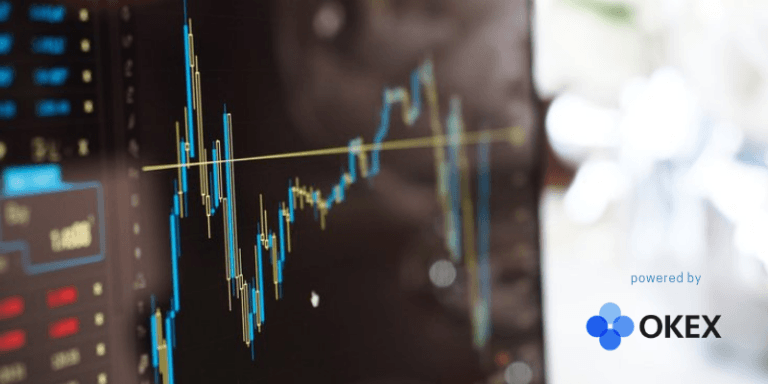This Market Analysis is brought to you by OKEx, for more insights visit their blog.
Bitcoin seems to have mostly suspended its new powerful uptrend in favor of a ranging sideways action, near $5,200. The cooling-off time would come as no surprise after more than a week of very impressive gains. The ranging comes amid rumors of a Chinese ban on mining, as well as high Chinese demand for crypto in general.
Tether Premium
The Tether (USDT) stablecoin is selling for a 4.3%premium in China, as it is the only way to buy Bitcoin (BTC) in the country.
Cryptoasset exchanges and Initial Coin Offerings (ICOs) have been banned in China for quite some time, but this clearly hasn’t dampened actual Chinese demand for crypto.
1/ Chinese markets reveal strong buys. OTC (Over-The-Counter) trades, the almost only way to buy bitcoin with fiat in China, showing considerable $ premium (1 USDT = 7 CNY) over the official rate of 1 USD = 6.7 CNY. pic.twitter.com/bd0n0DGFVU
— cnLedger (@cnLedger) April 8, 2019
Popular analyst Matti Greenspan shared an interesting perspective on the potential Chinese mining ban, and how it might prove positive for Bitcoin:
If this ban does end up happening its more likely to push BTC prices up than down.
The loss of cheap Chinese electricity would raise the mining cost, which is net positive on price.
It would also serve to kill the FUD that Bitcoin mining is centralized.https://t.co/OhVh8fUaXv
— Mati Greenspan (@MatiGreenspan) April 9, 2019
One Tether stablecoin has been selling for 7 CNY in China, in contrast with the current going rate of only 6.71 CNY for one USD. It is also worth noting that USDT are typically worth slightly less than USD on open exchanges, which has in the past caused a “premium” on the Bitcoin USDT price. All of this illustrates a pointed demand for stablecoins and crypto in general in China.
2/ Why the USDT premium going up? After the PBoC ICO/exchange ban, the most convenient way to buy cryptos in China, is to buy stable coins like USDT first using OTC, and then trade it into any cryptos you want in exchanges.
— cnLedger (@cnLedger) April 8, 2019
IEOs Causing Increased Demand?
According to the Financial Market Director for the popular OKEx exchange, Lennix Lai, the high demand for Tether might be attributable to an uptick in crypto interest surrounding the popular new phenomenon of Initial Exchange Offerings (IEOs).
Lai told CryptoGlobe:
BTC had been building its bottom around $3,000-4,000 for quite some time. I believe the recent IEO trend has led the recent bump in the market, and has driven up the market sentiment. It will likely continue until the end of the year.
CryptoGlobe also reported a few hours ago that the Chinese government has stated an intention to immediately “phase out” – ban – cryptocurrency mining in the country. China is home to a slight, but diminishing majority of global Bitcoin mining. As CryptoGlobe recently reported, this mining mostly takes place in the Sichuan region of China, where cheap hydroelectric energy is available. However, the markets have not reacted negatively to this announcement, which may in part be due to the fact the Chinese government made a similar announcement in 2011 and mining has not been banned.
OKEx Futures Trading at a Premium
Another important indicator of market sentiment comes from the BTC futures market. Looking at data from OKEx’s futures market shows that bitcoin futures are trading at a premium – meaning that traders on the exchange believe that the bitcoin price is set to rise in the short-term and are therefore willing to pay more to bet that the BTC price will rise.

Market Effect?
The Bitcoin price has not seemed to show any reaction, so far, to these two pieces of news centering on China. The leading crypto has had a season of impressive growth in the past few weeks – and especially during the last week, which has seen BTC climb as much as 27%.
Growth seems to have slowed in the preceding days, with BTC ranging in the $5,200 area. What seems to be a rising wedge, a bearish pattern, may suggest a coming correction for the leading crypto. A falling RSI strength and diminishing exchange volume add weight to this thesis.









